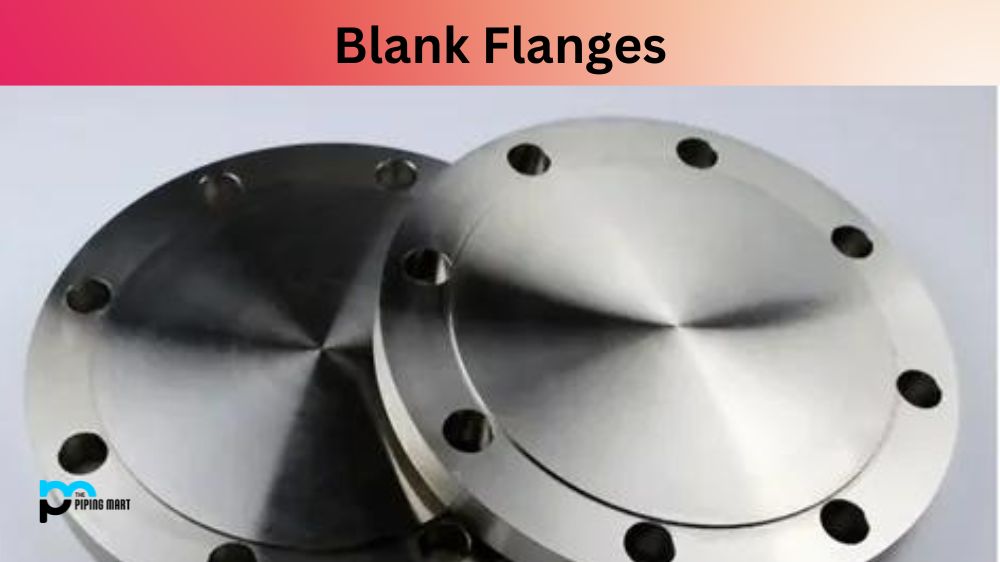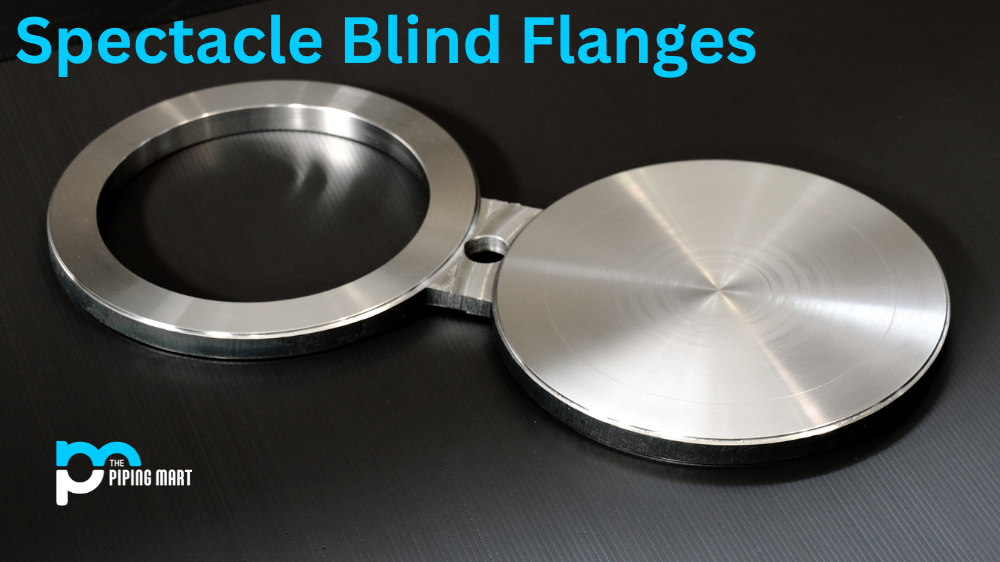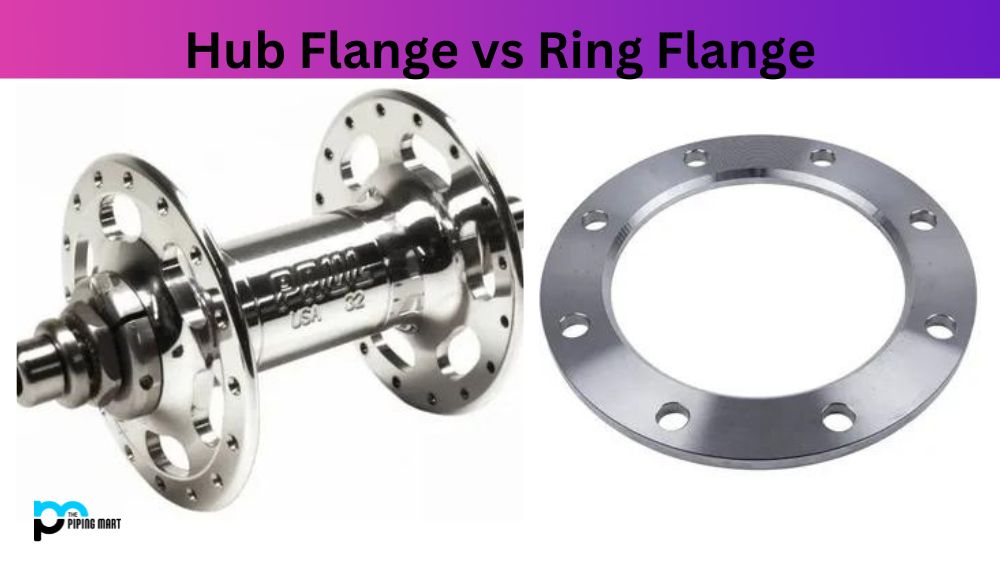When it comes to pipe flanges, there are two main types to consider: flat and raised. Each type has its own unique strengths and weaknesses, so it’s crucial to understand these differences before deciding which one is best for your particular project. Let’s explore further the comparison between flat flanges and raised flanges to assist you in making a well-informed decision.
Flat Flanges
Flat flanges are designed with a flat face that is parallel to the pipe’s surface. This type of flange is ideal for low-pressure applications, such as water or air lines. It does not require additional gaskets to prevent leaks, making it easier to install and less expensive than other pipe flanges. However, since this type of flange does not create a tight seal against the pipe surface, it is not suitable for high-pressure applications where gas or liquid must be contained within the line.
Raised Flanges
Raised flanges are designed with a raised face that sits above the pipe’s surface. This type of flange creates a tighter seal than a flat flange because there is more contact area between the two characters. As such, it is better suited for higher-pressure applications where gas or liquid needs to be contained securely to prevent leakage or contamination. Additionally, if needed, raised flanges can be used with gaskets to achieve an even tighter seal. Unfortunately, they are also more expensive than their flat counterparts due to their increased complexity and need for additional hardware, such as gaskets and bolts.
Difference Between Flat Flange and Raised Flange
- A flat flange is a type of pipe flange that lies flat against the pipe when installed.
- A raised flange is a type of pipe flange that is raised above the pipe when installed.
- Flat flanges are typically used for low-pressure applications, while raised flanges are used for high-pressure applications.
- Flat flanges are easier to install than raised flanges, as they do not require welding.
- Raised flanges provide a better seal than flat flanges, creating a tighter connection.
- Raised flanges are more expensive than flat flanges, requiring more installation material and labour.
Conclusion:
When deciding which type of pipe flange to use for your project, understanding the differences between flat and raised can help you decide which one is best suited for your application. Flat flanges are ideal for low-pressure applications where no other sealing technology is required. In contrast, raised ones offer better sealing capabilities when dealing with higher pressures or contaminants that need to be contained securely within the line. Both types have their own unique set of benefits and drawbacks depending on what you need them for, so make sure you weigh all your options before making your choice!

Pipingmart is a B2B portal that specializes in metal, industrial and piping items. Additionally, we share the latest information and information about materials, products and various types of grades to assist businesses that are involved in this business.




